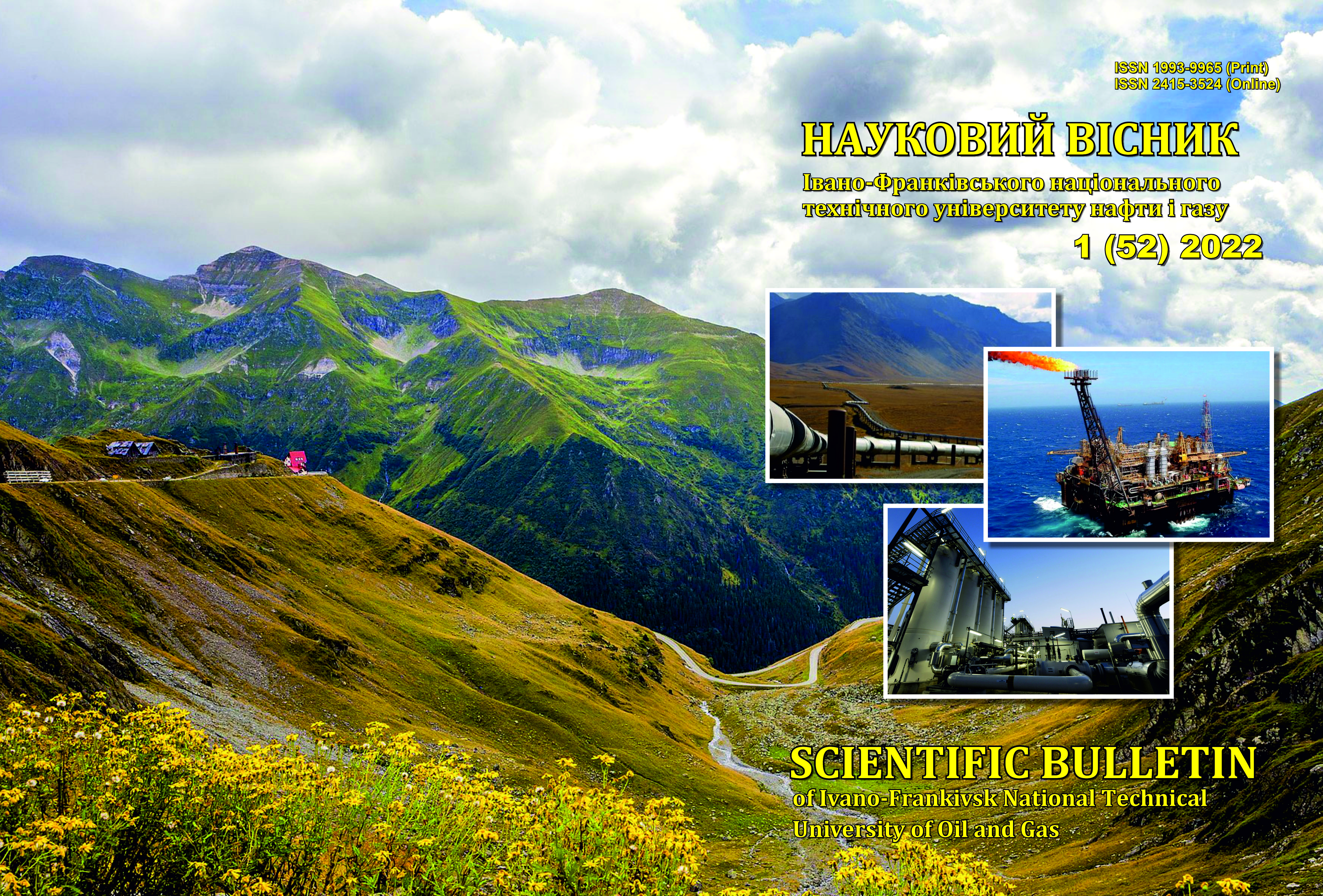Dielectrometry of lubricating oils in an alternating electric field
DOI:
https://doi.org/10.31471/1993-9965-2022-1(52)-24-33Keywords:
oil, electric field, polar compounds, oil aging, sludge, mechanical pollutionAbstract
The article substantiates the need to develop a methodology for assessing the state of lubricating oils with an emphasis on the possibility of use in certain types of equipment, taking into account specific operational and technological requirements. To solve this problem, the aging processes of oils in general have been analyzed, and special attention was paid to the mechanisms of formation of soluble and insoluble compounds in the initially dielectric medium. According to the authors, the intensity of formation of such substances and the degree of their accumulation can serve as one of the criteria for assessing the suitability of oil, as an integral part of the mechanical system in general and as a lubricant in particular. In order to quickly diagnose oils and to expand the possibilities of studying the processes of changing the state of complex multicomponent mixtures, the use of dielectrometry in an alternating electric field was proposed. To confirm the proposed theory, the authors proposed a laboratory installation that would answer questions about the quality of further use of oil and to some extent predict changes in its condition on certain types of equipment. The obtained experimental results show changes in the potential drop in the selected samples with different degrees of contamination, which reflects the accumulation and a certain orientation of polar particles in an alternating electric field. As a result of a series of experiments, the optimal geometric dimensions of the measuring device and the measuring conditions were determined, respectively. In addition, experimental studies of oil with a predetermined content of sludge and mechanical contaminants were performed. Experimental dependencies generally confirm the authors' hypotheses and the proposed approach to assessing the quality of oils.
Downloads
References
Palyvo-mastylni materialy, tekhnichni ridyny ta systemy yikh zabezpechennia / Upor. V. Ya. Chabannyi. Kirovohrad: Tsentralno-Ukrain-ske vydavnytstvo, 2008. 500 р. [in Ukrainian]
Shostakivskyi I. I., Kharun V. R. Rationale of the dielectrometric method of definition of lubricant oils tribological characteristics changes. Sientific bulletin of Ivano-Frankivsk national technical university of oil and gas. 2021. No 2(51). P. 16–22. https://doi.org/10.31471/1993-9965-2021-2(51)-16-22
Shostakivskyi I. I. Zminy stanu mastylnykh olyv naftohazopromyslovoho obladnannia u protsesi ekspluatatsii. Rozvidka ta rozrobka naftovykh i hazovykh rodovyshch. 2002 r. № 4(5). P. 81-84. [in Ukrainian]
Paraiko Yu. I., Shostakivskyi I. I. Dielektrometrychnyi metod kontroliu zmin trybolohichnykh kharakterystyk olyv transmisii naftohazovoho obladnannia. Problemy tertia ta znoshuvannia. 2010. Vyp. 53. P. 71-80. [in Ukrainian]
Shostakivskyi I. I., Paraiko Yu. I Starinnia mastylnykh olyv ta analiz superechnostei system otsinky yikh stanu. Rozvidka ta rozrobka naftovykh i hazovykh rodovyshch. 2005. № 2. P. 74-79. [in Ukrainian]
Biernat K. Ocena wlasciwosci normatywnych jako kryteriow charakteryzujacych przydatnosc olejow smarowyh w eksploatacji. Zeszyty naukowe IPE MCNEMT, Radom, 1988. [in Polish]
Downloads
Published
How to Cite
Issue
Section
License
Авторські права....


1.png)

















